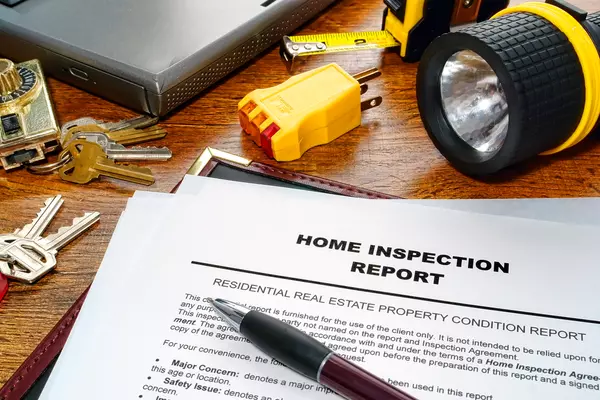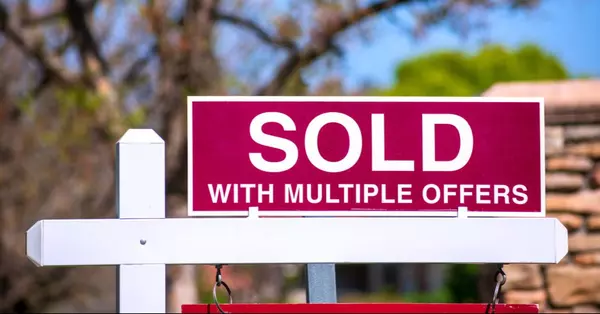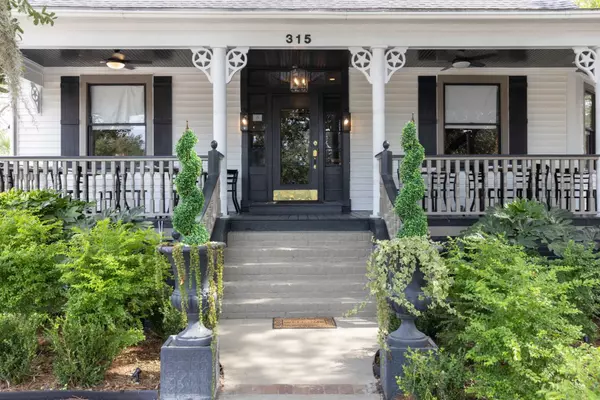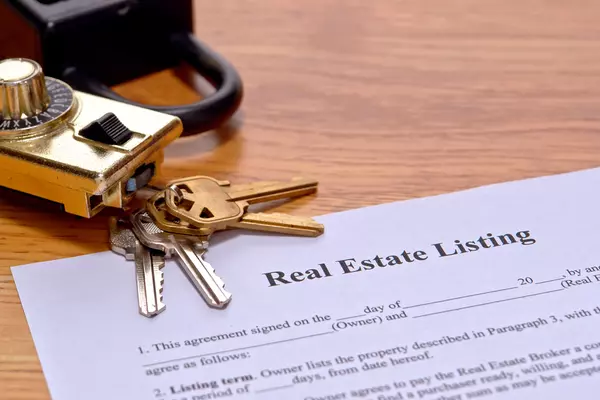Five Options for a "Door to Door" move when Selling then Buying

When having a home to sell before you can purchase, the timing and negotiating can become significantly more important. It IS possible to strategize a "door to door" move avoiding the necessity of putting all your things in storage.
Following are five distinctly different ways to negotiate the contracts to facilitate the smoothest move. The one that makes the most sense will depend on your specific situation. You may even need to use a combination of these five tactics to get the terms you want allowing your most stress free move yet.
#1 - Buy contract contingent upon selling
Scenario - You find your new home and put a contract on it with a closing date to be determined based on when your home sells.
Pros -
- You'll be able to close on your new home the same day you sell your current home.
- You'll have peace of mind knowing you have a place to move to when you sell. You can also start packing and purging based on what you'll be taking to your new home.
Cons -
- In our current "Sellers Market" where homes sell quickly, seller's have little incentive to accept this type of contingency contract. Oftentimes you'll need to provide an incentive, usually a higher price, for them to wait to close.
- You'll have no time where you have possession of both homes at the same time so while you're at closing, most likely your moving truck is sitting in the parking lot with all your earthly possessions. Makes for a stressful closing week.
What to Expect -
- The sellers will usually require a 48 or 72 hour "kick out clause" which allows them to keep their home on the market. If they receive another acceptable offer, you'll have 48-72 hours to remove your home sale contingency and close within 30 days or your contract is void, you receive your earnest money back, and they accept the new contract.
#2 - Sell contract with extended close date
Scenario - You accept a contract on the home you're selling with a negotiated closing date that is several months away giving you time to find a new home. (the typical closing time is 30-45 days)
Pros -
- Having a contract on your current home already, you'll be able to place a clean competitive offer on the home you want.
- In today's "Sellers Market" you're more likely to get buyers to accept an extended closing date because homes go so quickly.
Cons -
- There will be a lot of pressure to find a home and get it under contract in time to close before you sell.
- Most buyers want or need to close within the standard 30-45 days and you risk losing a potential buyer.
What to Expect -
- You'll need to be prepared with a plan B if you cannot find a house and negotiate a contract to buy before the set closing date.
#3 - Buying with a bridge loan
Scenario - You buy your new home with a "Bridge Loan" which uses the equity on your current home to fund the downpayment on your new home.
Pros -
- You can negotiate on your new home without a contingency to sell.
- You'll be able to close on your new home and move in before having to sell your current home. This makes moving a lot easier because it doesn't have to be done in one day; you'll have possession of both homes for a period of time.
Cons -
- If you have a mortgage on your current home, you will have to qualify for the two mortgages. While some bridge loans don't start repayments for several months, realistically you may have two payments for some time.
- Fees can be high.
What to Expect -
- This can be a backup plan when using option #1 - buying with a contingency to sell. If you get notice activating the 72 hour kickout clause, you can remove the contingency and close using a bridge loan in 30 days.
#4 - Sell contract with post-occupancy agreement
Scenario - You sell your home and negotiate to maintain possession of the home for a set period of time. This gives you time to buy.
Pros -
- Your home is sold and you have the money in the bank.
- You'll have a strong negotiating position on buying your new home without any contingencies to sell.
- You can negotiate the dates so that you'll have possession of both homes for a short time to facilitate moving.
Cons -
- There will be no acceptance of the property by the buyer before closing so any miscommunication on condition or what was to be left in the home can be tricky after closing. This opens you up to problems after moving out.
- Potential buyers may not be able to wait for possession several extra weeks or months risking losing the sale.
What to Expect -
- Payment to the buyers will be pro-rated based on the number of days you'll be in the home after closing. You may also have a security deposit.
- This agreement does not create a landlord / tenant relationship.
- This option works best when both buyers and sellers enter into it with good faith. The buyers will expect the sellers will take care of the home as if they still owned it and move out leaving it in good condition.
#5 - Buy contract with pre-occupancy agreement
Scenario - You put a contract on the home you are purchasing and negotiate to move in before closing. You may or may not already have a contract on the home you are selling. Used when
Pros -
- You don't have to be in your current home while it's on the market.
- Gives you possession of both homes for a short period to facilitate moving.
Cons -
- You'll take possession of the home as if you bought it, meaning all inspections, repairs, etc must be done before moving in and you're responsible for everything after taking possession.
- In our Seller's Market, sellers don't like to take the extra risk of allowing possession of the home before closing and may pass waiting for someone who can close quickly.
What to Expect -
- This agreement does not create a landlord / tenant relationship.
- Payment for possession will be prorated based on the number of days you're in the home. You may also have a security deposit.
Categories
Recent Posts










